Khartoum: The city of confluence of the two Niles
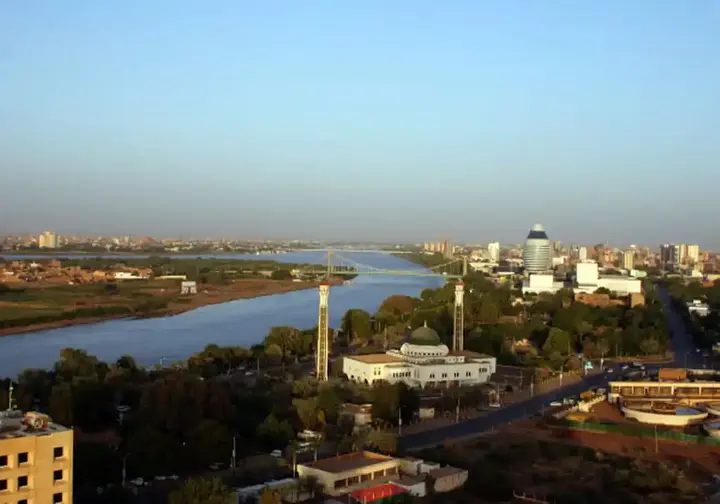
Khartoum, the capital of Sudan, is in an exceptional and unique location where the White Nile and Blue Nile rivers converge to form the Great Nile River that stretches across North Africa. The confluence of the two rivers is a very important geographical and cultural symbol, as this region has been a center of trade and cultural exchange throughout history. Khartoum is not just the political or economic capital of Sudan, but a city with an ancient civilized character, combining the heritage of great rivers with history that witnessed conflicts and wars, as well as moments of prosperity and cultural prosperity. In this article, we will explore the history of the city, the role of rivers in shaping its features, the cultural and social diversity that characterizes it, as well as the most important challenges it faces in modern times.
Recommend
Show key points
- Khartoum's unique location at the confluence of the White and Blue Nile rivers makes it a significant geographical and cultural landmark in North Africa.
- Originating as a military outpost in the 19th century, Khartoum evolved into a thriving commercial and administrative center under Ottoman and British-Egyptian rule.
- The Nile rivers play a vital role in Khartoum's agricultural, economic, and social life, shaping both its ecosystem and cultural traditions.
- ADVERTISEMENT
- As a melting pot of cultures, Khartoum showcases rich diversity influenced by African, Arab, and Middle Eastern communities.
- Despite its rich heritage and cultural depth, Khartoum struggles with rapid urban population growth, strained infrastructure, and political instability.
- Climate change poses a growing threat to Khartoum, especially through seasonal Nile flooding that endangers low-lying urban areas.
- With its enduring resilience and potential, Khartoum stands poised to balance tradition and progress as a model for sustainable urban development.
History of Khartoum: From Meeting Point to Capital
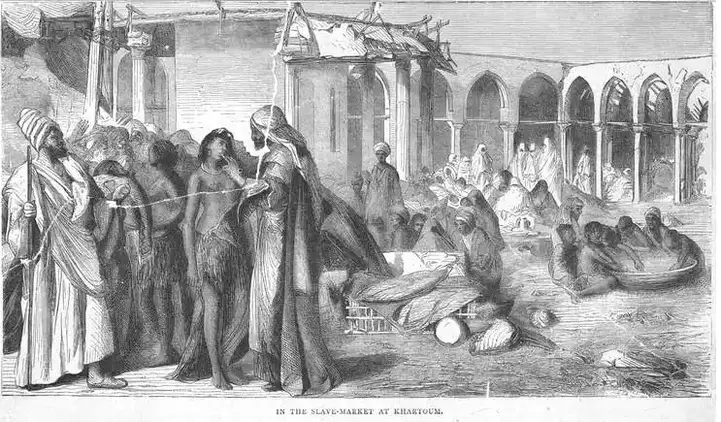
Founded in the early nineteenth century as a military camp under Ottoman rule, Khartoum quickly grew into an important trading center thanks to its strategic location at the confluence of the two Niles. Throughout history, Khartoum has played a major role in the ivory, gold and slave trade, and has become a point of intersection between North and South Sudan. During the period of British-Egyptian rule in the nineteenth century, Khartoum grew in importance, becoming an administrative center and capital of government. The city also witnessed important historical events, such as the Battle of Khartoum in 1885 between Mahdist forces and British armies, which led to the fall of the city to the Mahdist revolution. With Sudan's independence in 1956, Khartoum became the capital of the modern state, undergoing stages of urbanization and growth, and today it is a large city with millions of inhabitants.
The role of rivers in the life of Khartoum
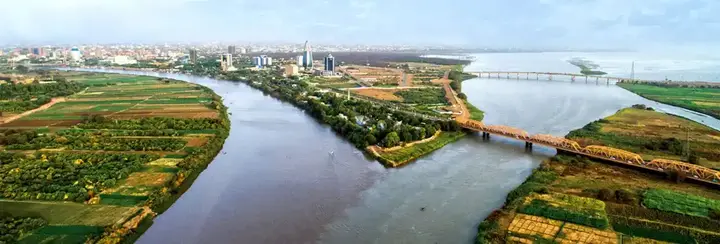
Rivers play an essential role in shaping the daily life and economic structure of Khartoum. The Blue Nile from Ethiopia and the White Nile, which originates in Lake Victoria, converge in the city and continue together to form the main Nile that heads towards Egypt. This confluence of rivers gives Khartoum its unique nature and contributes to the formation of its ecosystem and economy. Rivers provide a vital source for irrigation and agriculture, as local farmers rely on Nile water to irrigate their crops. These rivers are also a vital artery for trade and transport, as they are used to transport goods across the Nile. In addition, Khartoum's rivers are a hub of social activity, where residents spend their time on their banks, whether hiking or practicing water sports, making them an integral part of the city's cultural identity.
Cultural and social diversity in Khartoum
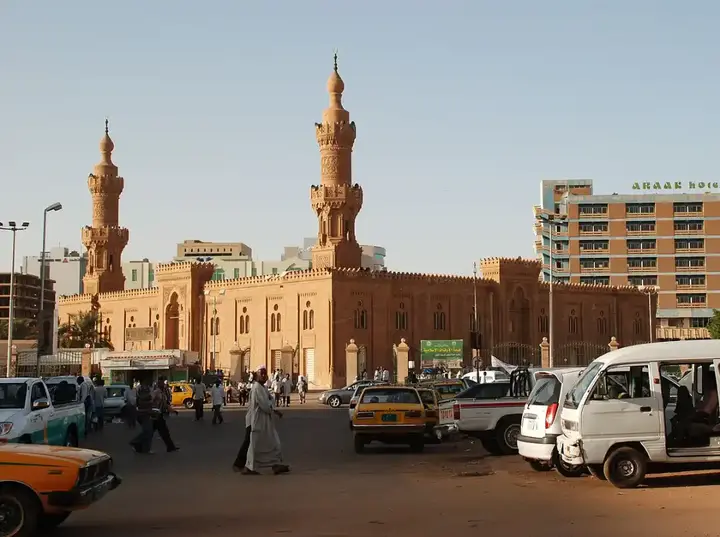
Khartoum is one of the most diverse cities in Sudan in terms of culture and social makeup. Thanks to its distinctive geographical location, the city has attracted many immigrants and traders from across Africa and the Middle East, contributing to the formation of a multicultural social fabric. This diversity is evident in traditional markets such as the famous Omdurman market, where visitors can find traditional products from different regions of Sudan, along with influences from other cultures such as Nubian, Arab and African culture. This pluralism is also reflected in food, music and the arts, where you find dishes and melodies that combine local and international influences. In Khartoum, different religions and beliefs coexist side by side, adding to the city a unique character of cultural and religious tolerance. However, this diversity may face some challenges in light of the recent political and social developments affecting the country.
Challenges facing Khartoum in the modern era
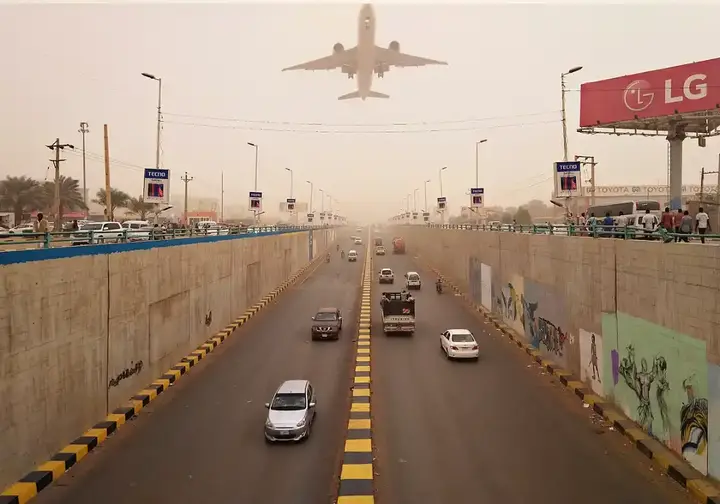
Despite its important geographical and historical status, Khartoum faces significant challenges in the modern era. One of the biggest of these challenges is rapid population growth that is increasing pressure on infrastructure and public services such as electricity, water and transportation. Added to this are economic problems resulting from international sanctions and political conflicts that have affected development in Sudan in general. In addition to economic challenges, Khartoum is suffering from the effects of climate change, as the city faces the risk of flooding as a result of the high level of Nile water in the rainy seasons, threatening some low-lying areas. Political and social tensions also affect the stability of the city and make sustainable development more difficult to achieve. Despite these challenges, Khartoum continues to maintain its position as a pivotal city in Sudan, and continues to attract investments and development projects aimed at improving the quality of life for its residents.
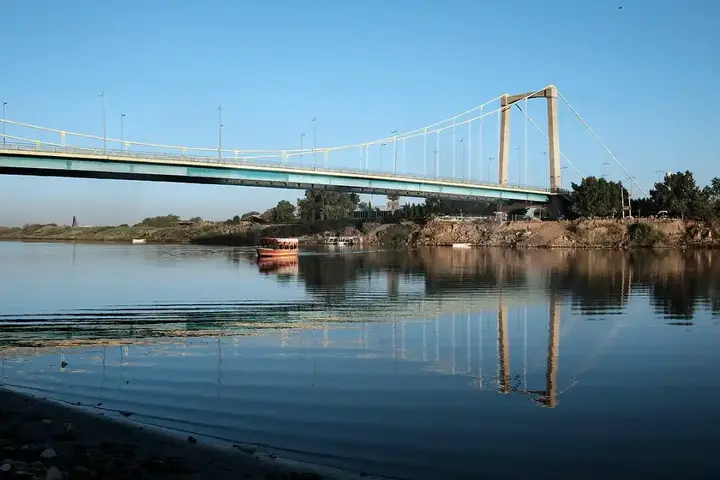
Khartoum, thanks to its unique geographical location where the White and Blue Nile converge, remains a privileged city that combines nature, history and culture. This confluence of the two rivers is not only a geographical symbol, but also reflects the spirit of diversity and coexistence that characterizes the city. Throughout the ages, Khartoum has witnessed important events that have made it a political and cultural center in Sudan, moving from being an important commercial center to a national capital thriving with a mixture of ancient history and growing modernity. However, Khartoum faces significant infrastructure and economic challenges as a result of rapid population growth and climate change. However, its residents continue to adapt to these challenges, demonstrating resilience and innovation in various aspects of their daily lives. Khartoum is not just a city, it is a symbol of vibrant African life with hope and adaptability. Thanks to its natural location and cultural and historical attractions, Khartoum remains a destination that attracts visitors from all over the world. As development efforts continue, Khartoum could become a model of sustainable urbanization that combines heritage preservation with a better future for its people and for Sudan as a whole.








